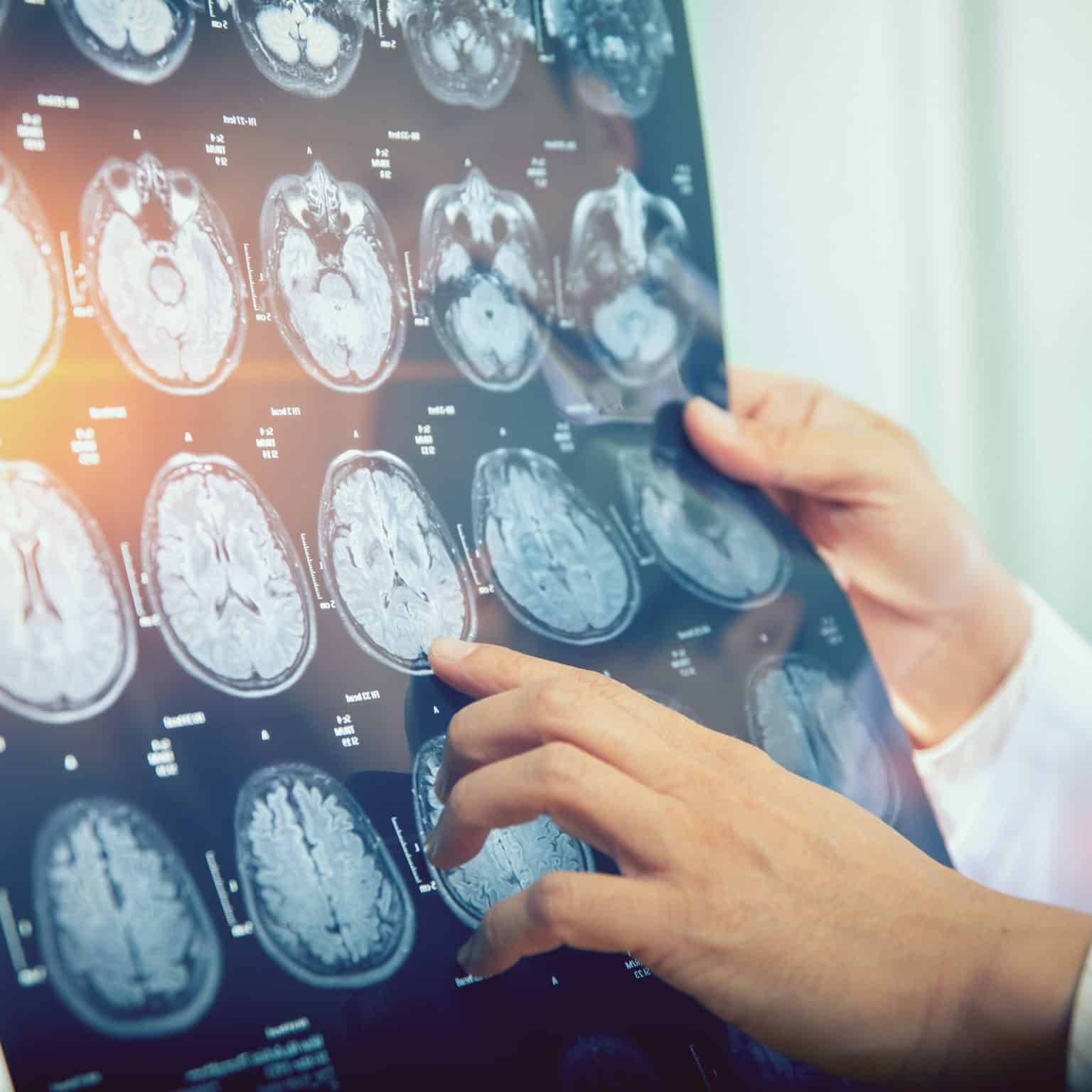Traumatic brain injuries are one of the most common injuries seen following a car crash. An estimated 1.5 million people suffer these injuries each year in the US, but because of the wide variety of symptoms, they may be one of the most under-diagnosed injuries. Let’s look at different types of traumatic brain injuries, their symptoms, and how to treat them.
What is a traumatic brain injury?
Just like the name suggests, a traumatic brain injury, or TBI, occurs when the brain is injured from some type of traumatic force. We often think of TBIs occurring after a physical impact like a blow to the head from a windshield or headrest. However, these injuries can occur without the head ever being struck.
Consider whiplash, where someone’s body is jolted very quickly in multiple directions. That violent, rapid movement can cause the brain to be pushed into the skull itself, damaging precious brain tissue.
What are the different types of TBIs?
Medical professionals classify brain injuries as mild, moderate, or severe. Severe brain injuries can be fatal and may require immediate life saving medical care, including surgery to stop brain bleeding or reduce the impacts of brain swelling.
So-called “moderate” and “mild” TBIs are still incredibly serious. Many people that sustain a moderate brain injury lose consciousness and suffer from memory loss. Mild brain injuries, although not life threatening, can still have significant and long lasting symptoms.
What are TBI symptoms?
Because the brain literally controls every aspect of the human body, it’s no surprise that TBIs come with a wide variety of physical and mental effects. Some common symptoms are:
- Vomiting or nausea
- Headaches
- Fatigue or drowsiness
- Problems with speech
- Dizziness or loss of balance
- Sensory problems, such as blurred vision, ringing in the ears, a bad taste in the mouth or changes in the ability to smell
- Sensitivity to light or sound
- Memory or concentration problems
- Mood changes, such as unusual feelings of depression, anxiety, or anger
- Changes in sleep behavior
Some symptoms that may be a sign of a moderate or severe brain injury include:
- Loss of consciousness
- Convulsions or seizures
- Dilation of one or both pupils
- Clear fluids draining from the nose or ears
- Inability to awaken from sleep
- Weakness or numbness in fingers and toes
- Loss of coordination
- Confusion or slurred speech
All of these symptoms, even those classified under “mild” brain injuries, can significantly impact a person’s ability to function independently, keep a job, or maintain relationships. The point is – all brain injuries are incredibly serious and should be closely monitored.

How do you diagnose a traumatic brain injury?
A doctor may ask a variety of questions when trying to determine whether a traumatic brain injury has occurred. How did it happen? Was there any loss in consciousness? Where was the head or body struck?
If any of the answers point to a possible TBI, then a doctor may order imaging tests to get more information.
A computerized tomography, or CT scan is usually the first test performed in an emergency room after a suspected traumatic brain injury. These scans use a series of X-rays to create an image of the brain. They can identify fractures, bleeding in the brain, blood clots, bruised brain tissue, and brain swelling.
A doctor may also order an MRI, or magnetic resonance imaging test. Unlike CT scans, MRIs use powerful magnets and radio frequencies to create even more detailed pictures of the brain.
Can you treat a traumatic brain injury?
The treatment for a traumatic brain injury depends on the severity. Mild brain injuries usually require no treatment other than rest and over the counter medication to manage symptoms.
Moderate to severe brain injuries, on the other hand, may require immediate emergency care. This could include everything from anti-seizure medication to surgery to stop bleeding in the brain.
These emergency treatments focus on making sure the person has enough oxygen and an adequate blood supply, maintaining blood pressure, and preventing any further injury to the head or neck.
Once stabilized, victims of severe brain injuries may even require intense rehabilitation and therapy. While some people who suffer from TBIs recover fully, there are many instances where symptoms continue for life.
Recovery requires time, patience, and rehabilitation focused on a person’s unique symptoms. Therapy may be focused on memory, speech, balance, behavior changes, or even rebuilding strength and coordination. Some medications or even injections may be helpful to control headaches and other symptoms.
All traumatic brain injuries are dangerous, significant, and should never be ignored.
The majority of the information for this article was sourced from The Mayo Clinic. Please consult with your doctor(s) before making any medical decisions.










